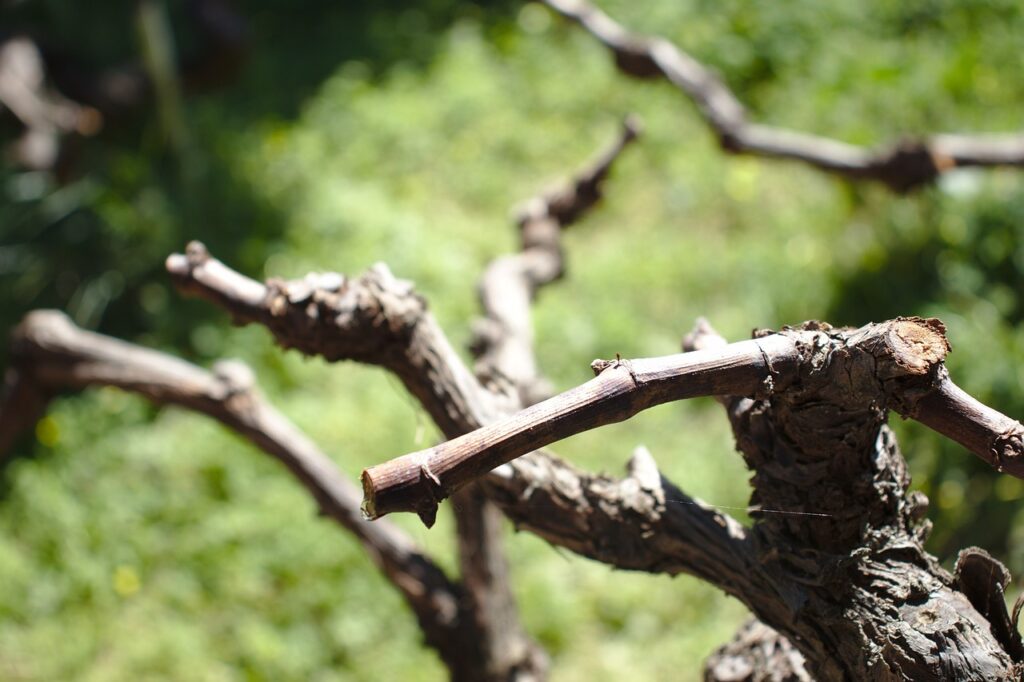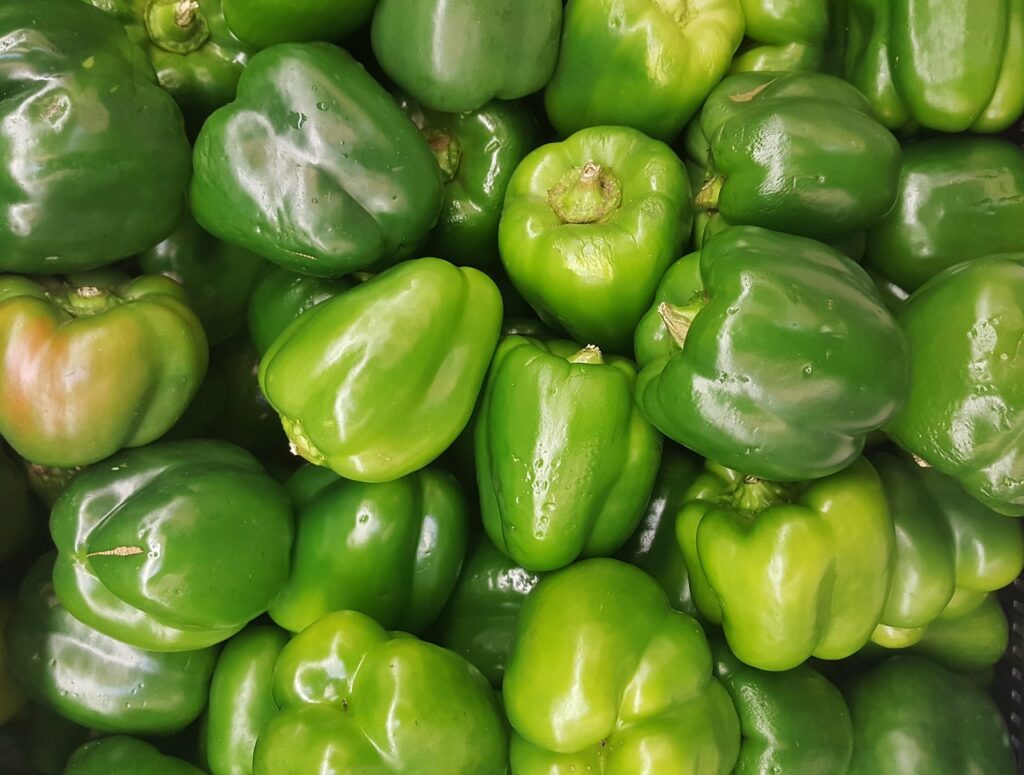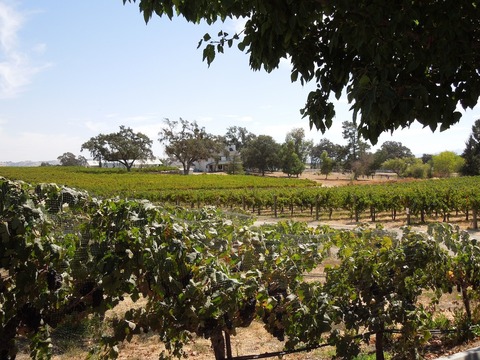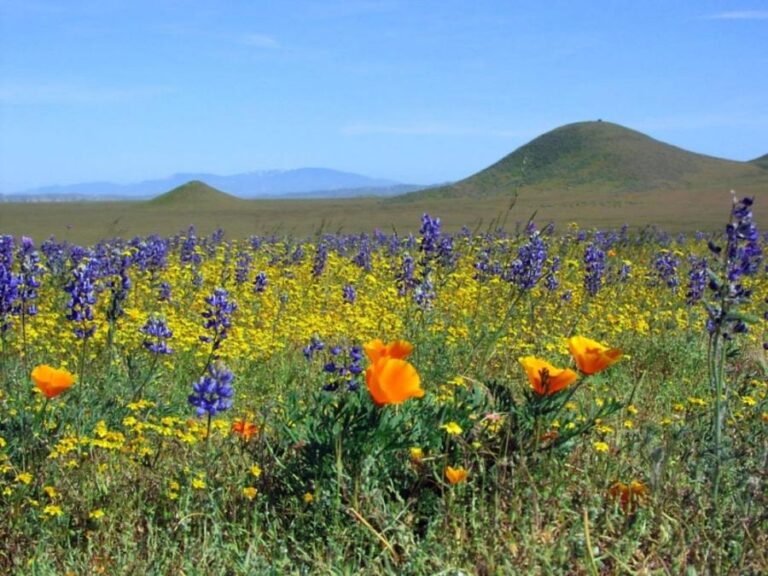Lateral pulling is something that we don’t hear much about in the wild of wine making, but it is extremely important to the vine. It is extremely necessary in a vintage like this year, where the water has been plentiful. With all the rain, it is easy for the vine to become too vigorous and this can ultimately harm the fruit.
Prior to Spring, pruning was completed in the vineyard in order to remove last year’s wood and lay a good foundation for this year’s growth. We tend to do spur training. During the process, it is desirable to keep approximately a hand’s distance between each cordon’s spur and we want to make sure that all spurs are facing upright.
If the vine is extremely young, we may choose to cut back to the cordon to allow for some regeneration. The first reason to prune is to provide the shape and structure to the vine. If unpruned, it would continue to grow in all directions, and it would be almost impossible to manage after a couple of years. But more importantly, we prune so that we can control the amount of fruit that will be produced in the upcoming vintage. The less wood we leave behind, the less fruit can develop.
Now that we have guided the vine to the amount of fruit production we would like to see, it is time to make sure that the fruit remains healthy. Laterals are additional shoots that have developed off the side buds and with these shoots come more leaves. The problem with lateral shoots is that they crowd the canopy and place the fruit in the shade.
At this time of year, after flowering and the berries are just beginning to develop, it is important to allow the fruit to get some air. The vines can surround the fruit, and although we like some shade to protect the fruit from sunburn, too much shade leads to fungal disease. In vineyards that experience a coastal influence, lateral pulling is extremely important. The fog brings moisture to the fruit and then the leaves create an area that the drying winds can not absorb the moisture. This leads to mildew and mold.
Have you been missing the weekly Exploring the Wine Glass posts? They have moved. Sign up below to receive notification of new posts. Subscribe to this blog in the sidebar on this page.
Additionally, if energy goes to shoots and leaves, rather than the grapes maturity can be affected. This is especially important to varieties like Cabernet Franc in which it has been demonstrated that increased vigor correlates to increased methoxypyrazines.
It is important to know which direction the vines are facing. The morning sun is less intense than the afternoon sun, so removal of too many laterals can lead to shriveling and ultimately destruction of the fruit.
Another important aspect of lateral removal is to allow the fruit that is interior to get some sun. The fruit that is hidden within a crowded canopy will ripen at a slower rate than those bunches on the exterior. Uneven fruit ripening makes harvesting extremely difficult. When harvest approaches, we want the fruit to be uniform, so as to not have a combination of unripe leading to green flavors and raisins giving off oxidized flavors.
Timing is essential when it comes to lateral pulling. If done too early, the removal of the shoots can actually cause the fruit not to set. Flowering is a crucial time for the vine and if disturbed will diminish the fruit set. Similarly, it is important to be cognizant of the weather when lateral pruning. Since the fruit needs time to acclimate to its new sun exposure, it is not advised to do lateral pull if the forecast is extreme sun immediately after lateral removal to prevent sunburn.
 ~Slàinte!
~Slàinte!
Please follow us on Instagram, Twitter, Facebook and Youtube.
We’ve stacked the odds so that you can get our award winning wines without breaking the bank. Click the image to find out all of the benefits of joining the CHALK CLUB including discounted shipping and up to 25% off all purchases. .









